Probiotics and Prebiotics: Pathway to Optimal Gut Health
Probiotics and Prebiotics are current obsessions among health enthusiasts and wellness advocates. These have been heavily marketed and advertised, claiming probiotics and prebiotics will significantly improve gut microbiome.
What is a Gut microbiome?
The dynamic Gut microbiota is the complex population of microbes in the human gastrointestinal tract. Gut microbiota has a significant influence on the host during the time of disease or homeostasis. [1] This biome of microbes is populated by trillions of microorganisms that are unique to every person. Microorganisms include various species of viruses, bacteria, parasites, and fungi. Newborns inherit the first microbiota through breastfeeding or vaginal delivery. Later on, new microbes are introduced due to the factors such as environmental exposure, and diet. [2]
The gut microbiome is responsible for protecting against pathogens that may enter the body. Microbiome stimulates the immune system of the body, breaks down toxic food compounds, and promotes the synthesis of amino acids and vitamins [3]
What are probiotics?
The term ‘probiotics’ has a Greek origin which means ‘for life’ however, it has had various meanings through the years.
Probiotics are live microbes that when used correctly and in appropriate amounts can have impeccable benefits to the host. [4] These are primarily composed of bacteria but may also include yeast. Probiotics are typically identified by strain including the genus, subspecies, and species. There are seven significant genera of microbes that are commonly used in probiotic products which include:
- Bifidobacterium
- Enterococcus
- Escherichia
- Bacillus
- Saccharomyces
- Streptococcus
- Lactobacillus
Probiotics exert health benefits based on strains, species, and nonspecific basis
- Inhibiting the growth of pathogens
- Synthesis of vitamins
- Producing bioactive metabolites
- Metabolism of bile salt
- Toxin neutralization
Food sources of probiotics mainly include fermented foods such as
- Pickles
- Sourdough Breads
- Yogurt
- Cheese
- Kimchi
- Kombucha
- Raw apple cider vinegar
- Sauerkraut [5]
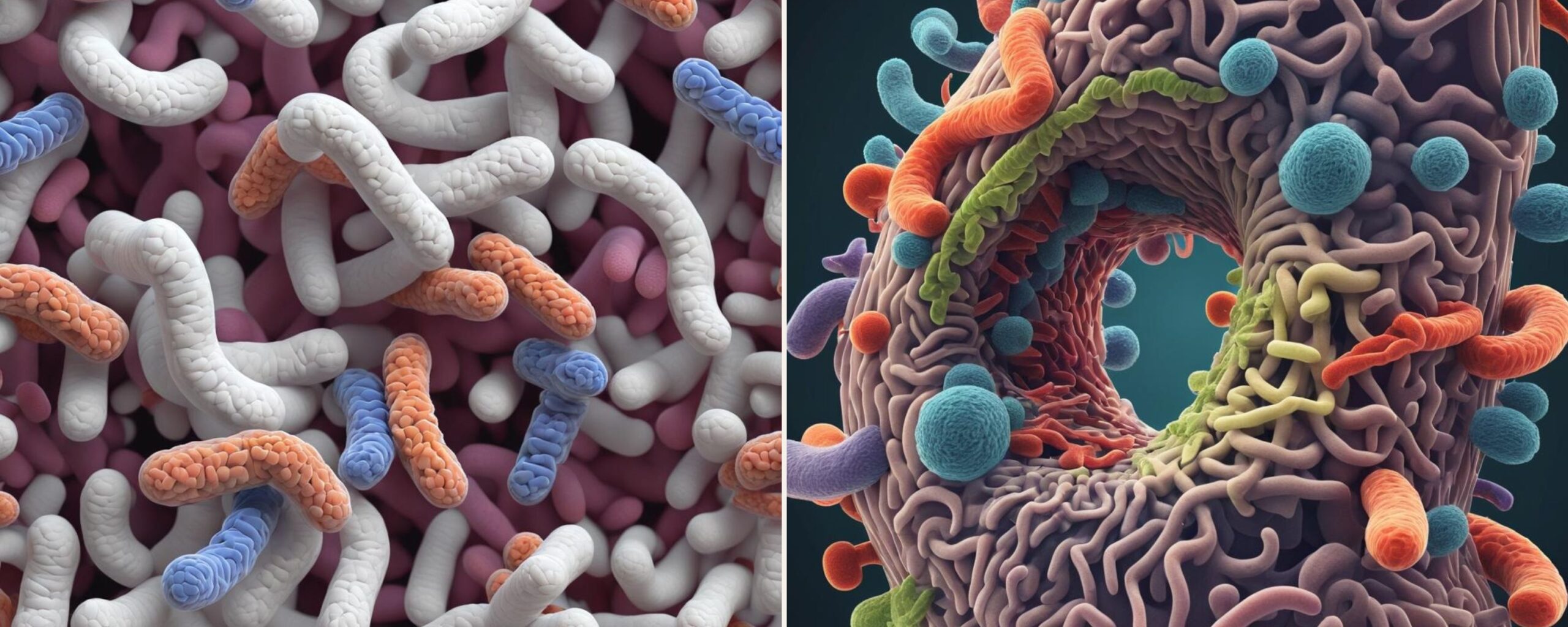
What are prebiotics?
Prebiotics are mostly non-digestible soluble fibers serving as food for the good microbes present in the body. These are a group of nutrients that feed the intestinal microbes giving short-chain fatty acids as degradation products that are released in blood circulation. The two most important groups of prebiotics that have various benefits on human health are galacto-oligosaccharides and fructo-oligosaccharides. [6]
Health benefits of prebiotics
- Modulating gut microbiome
- Enhances absorption of calcium
- Blood sugar regulation
- Improving colonic bacterial fermentation further reducing gut transit time
- Supports the immune system by promoting metabolic activities of gut microbes [7]
Sources of prebiotics
- Inulin such as chicory roots and artichoke
- Uncooked Oats
- Soybeans
- Breast milk
- Seeds and nuts
- Whole grains – wheat, corn, and barley
- Flax [8]
The probiotics, prebiotics, and gut microbiota
Probiotics and prebiotics are crucial in the modulation of the gut microbiome. The gut microbiome impacts overall health and the gut-brain axis. It is highly significant to maintain a balance of gut microbes to strengthen the gut-brain axis. Prebiotics are soluble fibers that are broken down by probiotic microbes providing therapeutic health-beneficial impact. This interaction is pivotal in strengthening the immune system, balancing out the gut ecosystem, and maintaining overall health. [9]
- Introduction to the human gut microbiota | NCBI
- Gut Microbiome | Cleveland Clinic
- The Microbiome | Harvard T.H CHAN
- Probiotic | Science Direct
- Probiotics | NIH
- Prebiotics: Definition, Types, Sources, Mechanisms, and Clinical Applications | PubMed
- Prebiotics | ISAPP
- Probiotics, prebiotics and synbiotics- a review
- The role of probiotics and prebiotics in modulating of the gut-brain axis

Author: Sanika Pande
- Medicine
- Nutrition And Diet

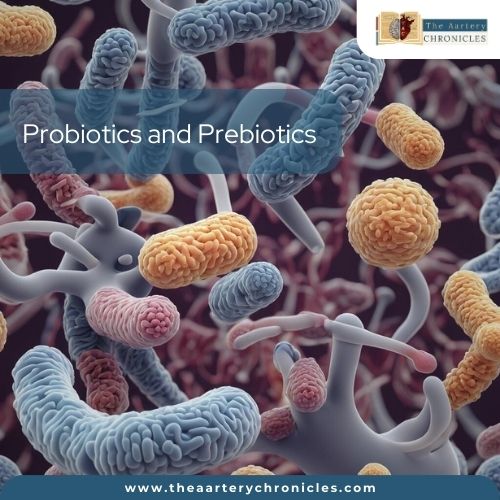
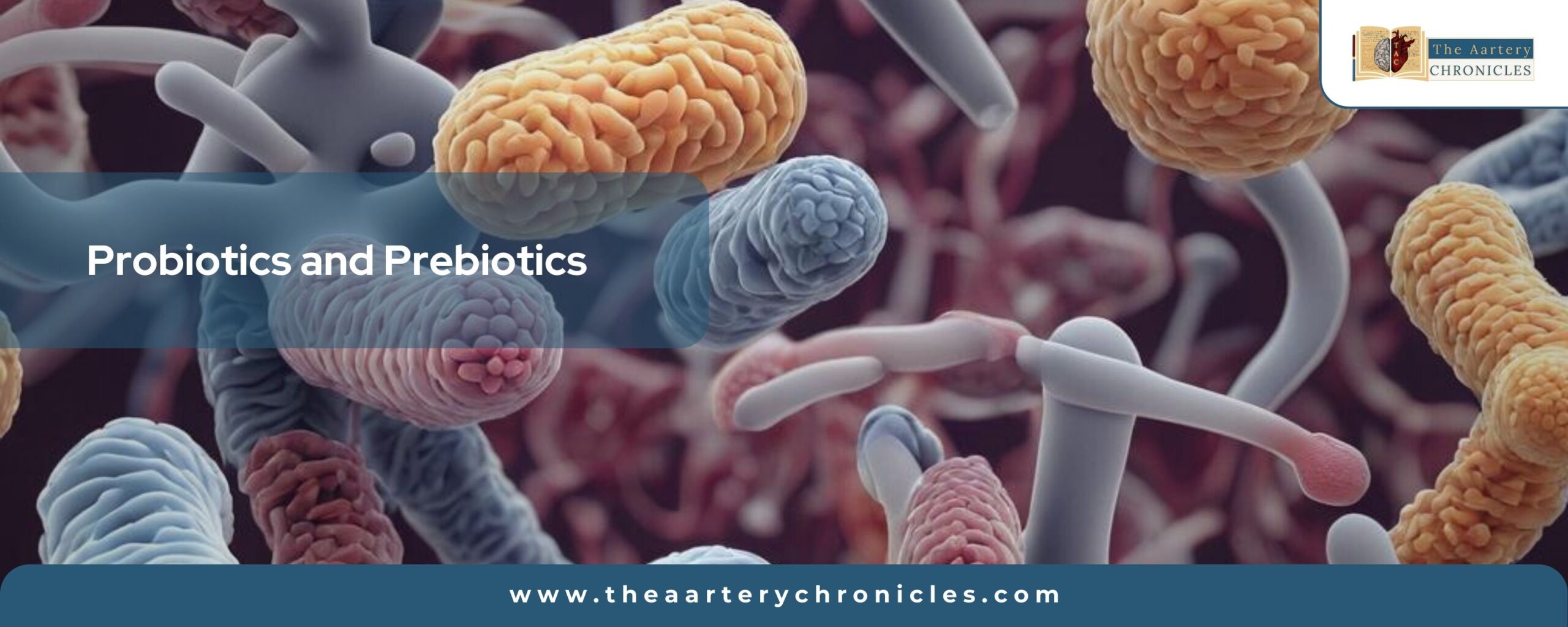








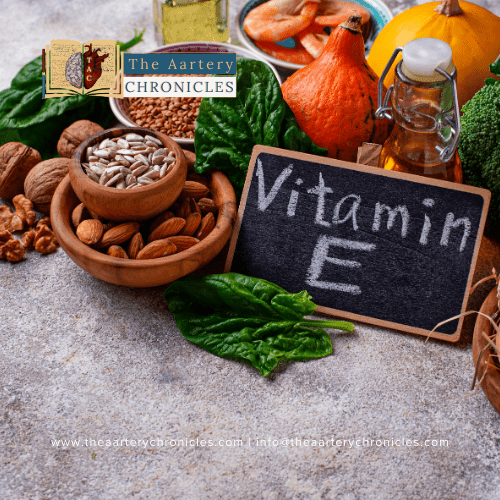
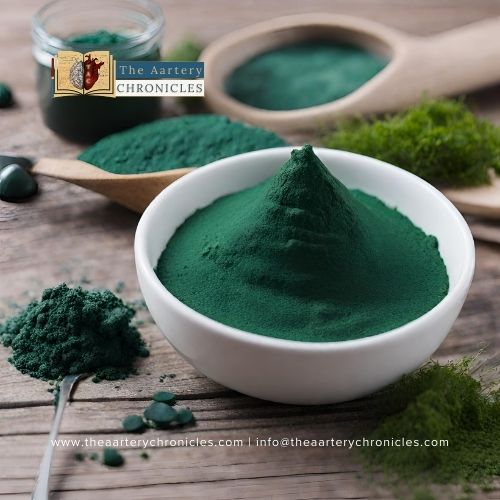
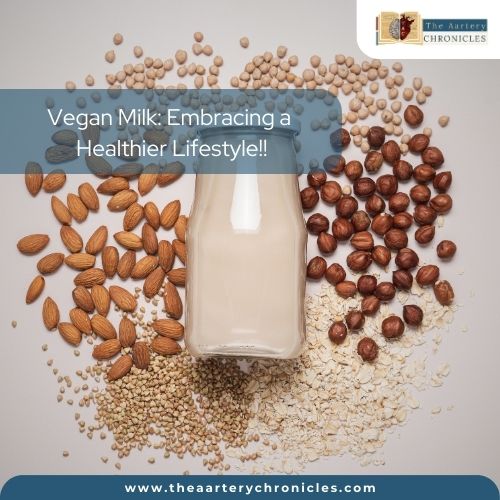

Is it advisable to drink Yakult everyday? What are the benefits of having greek yogurt????